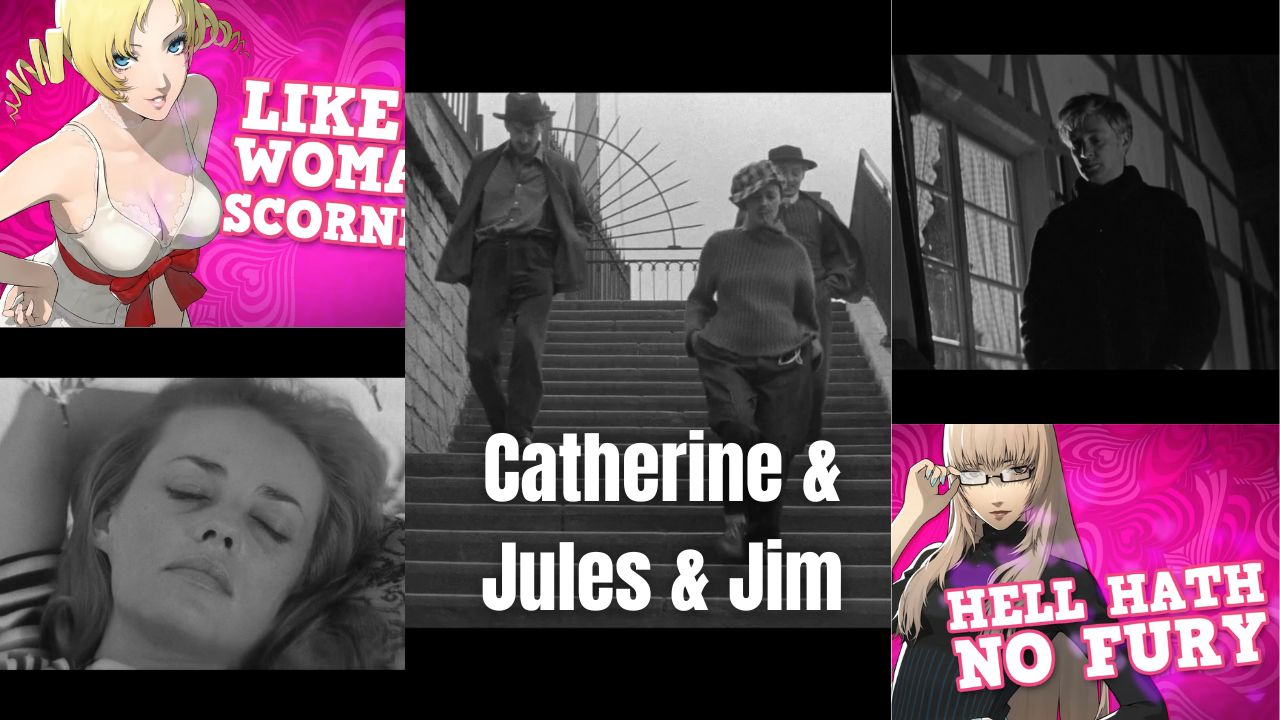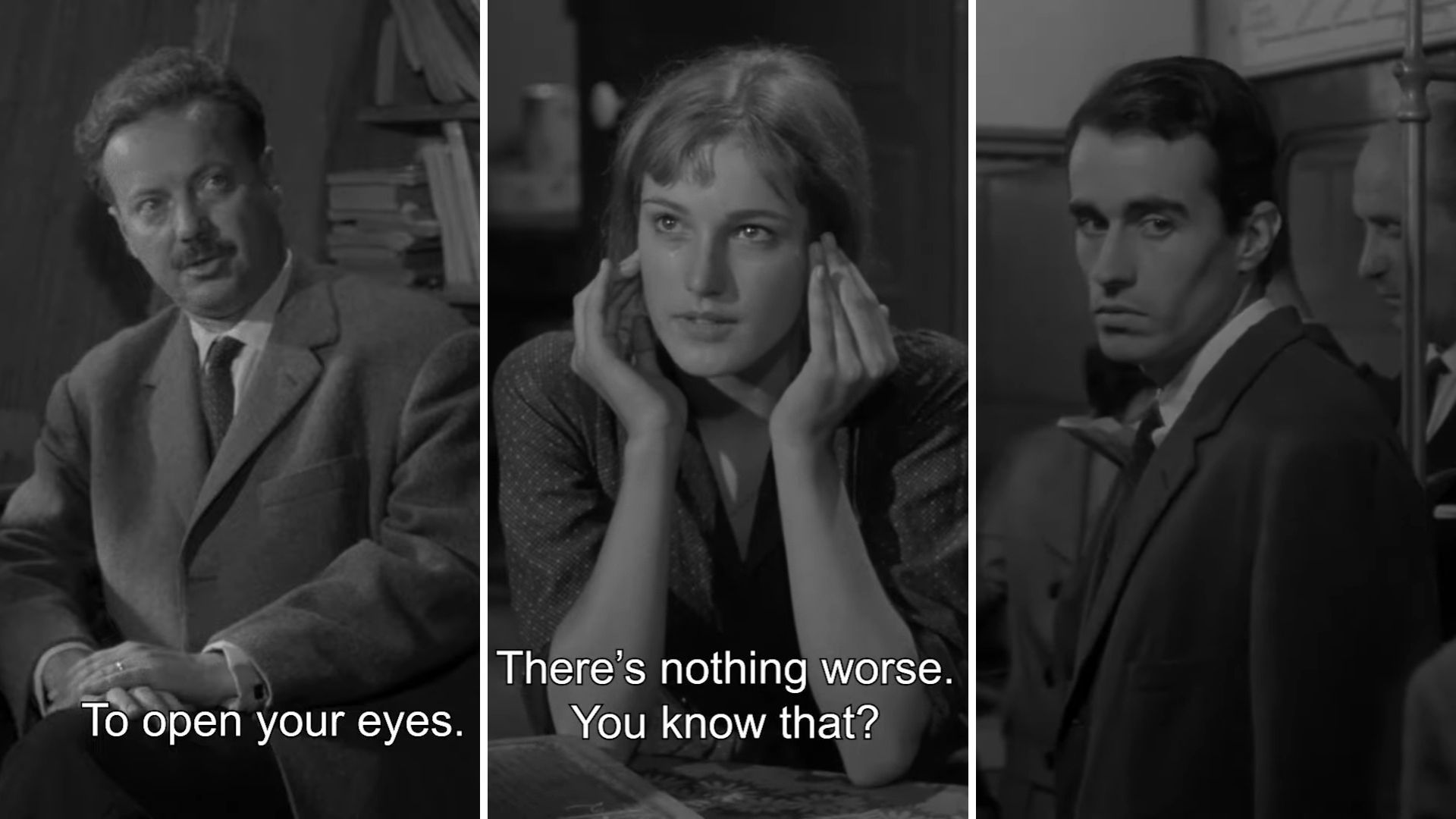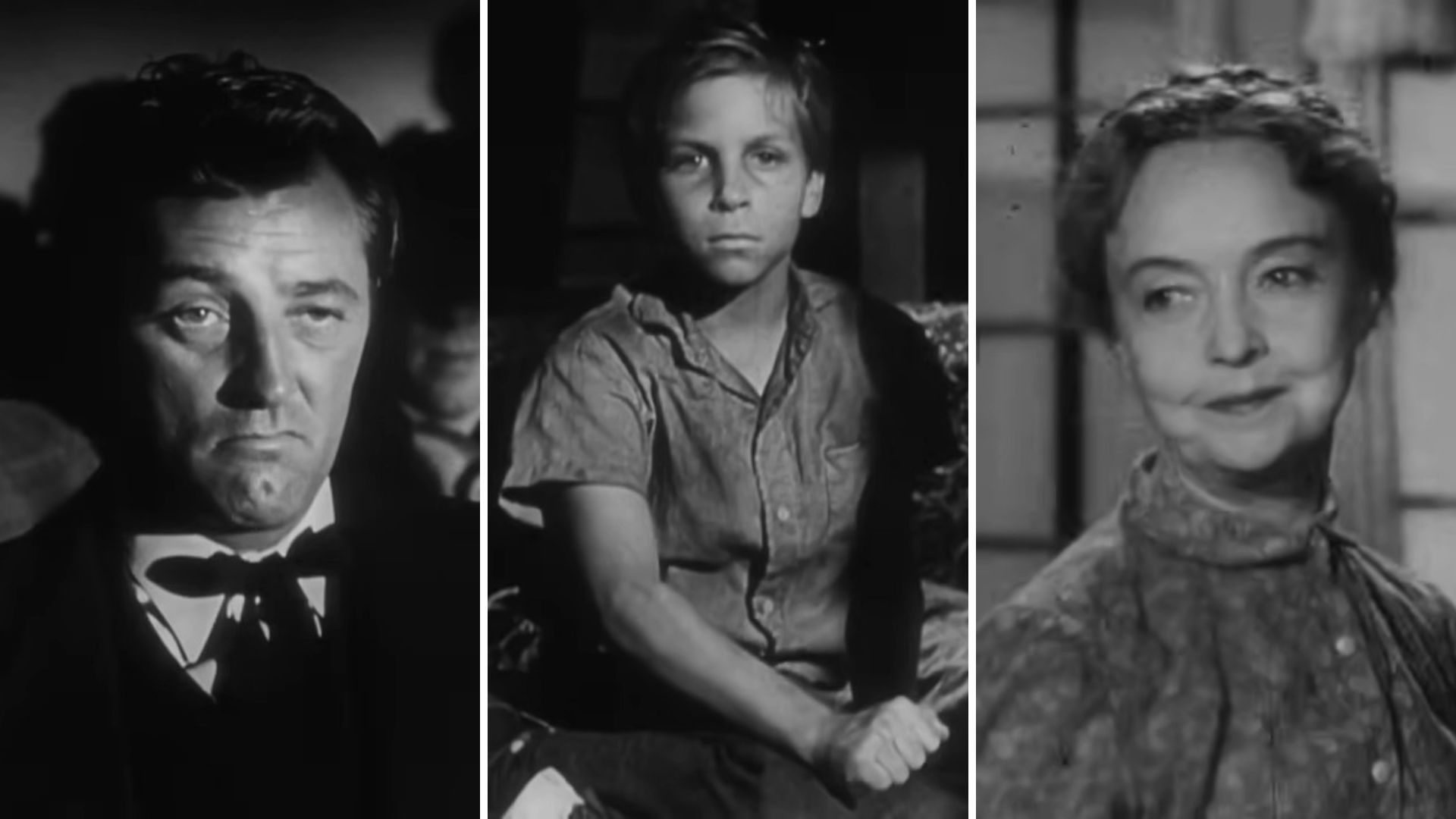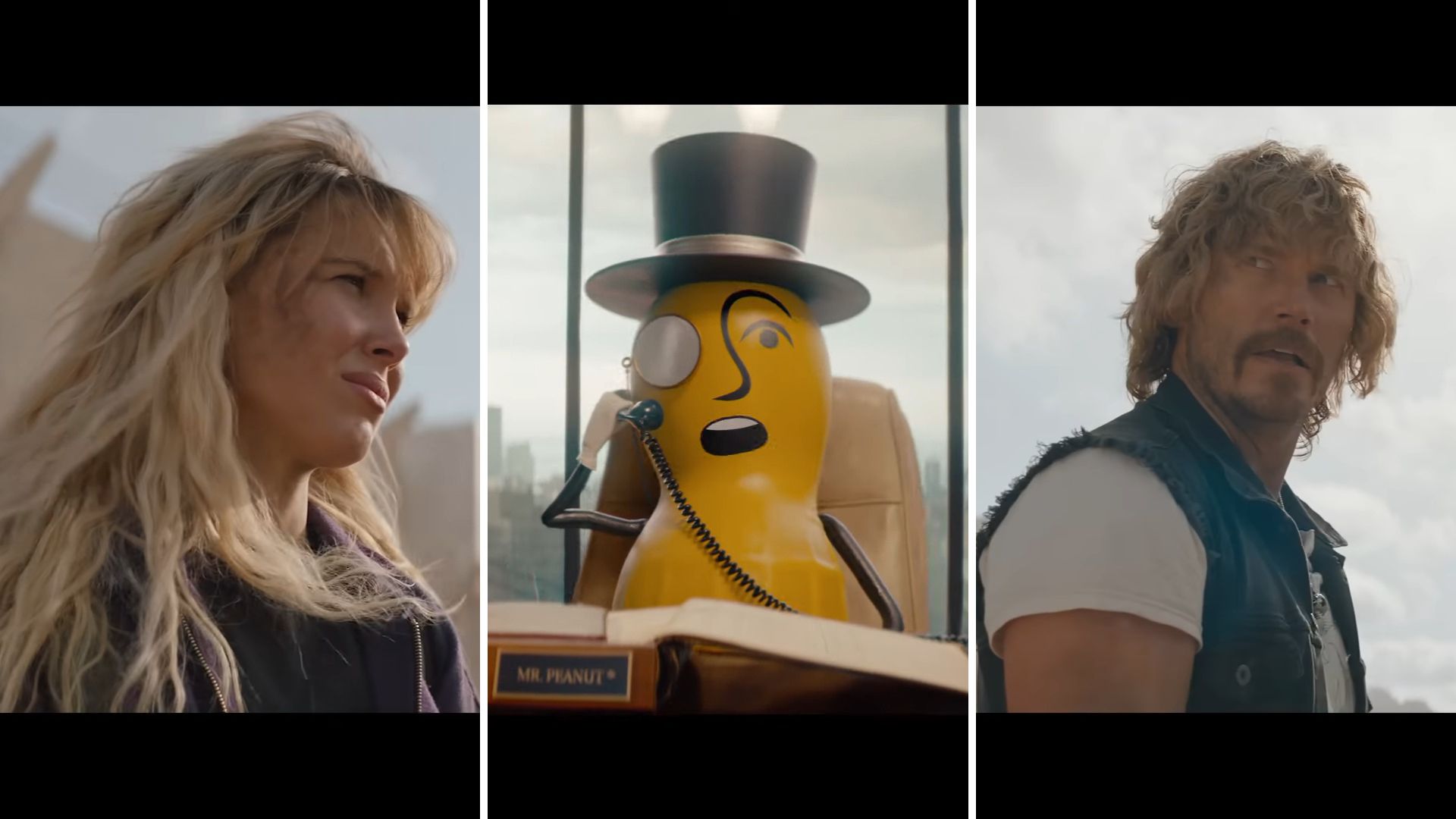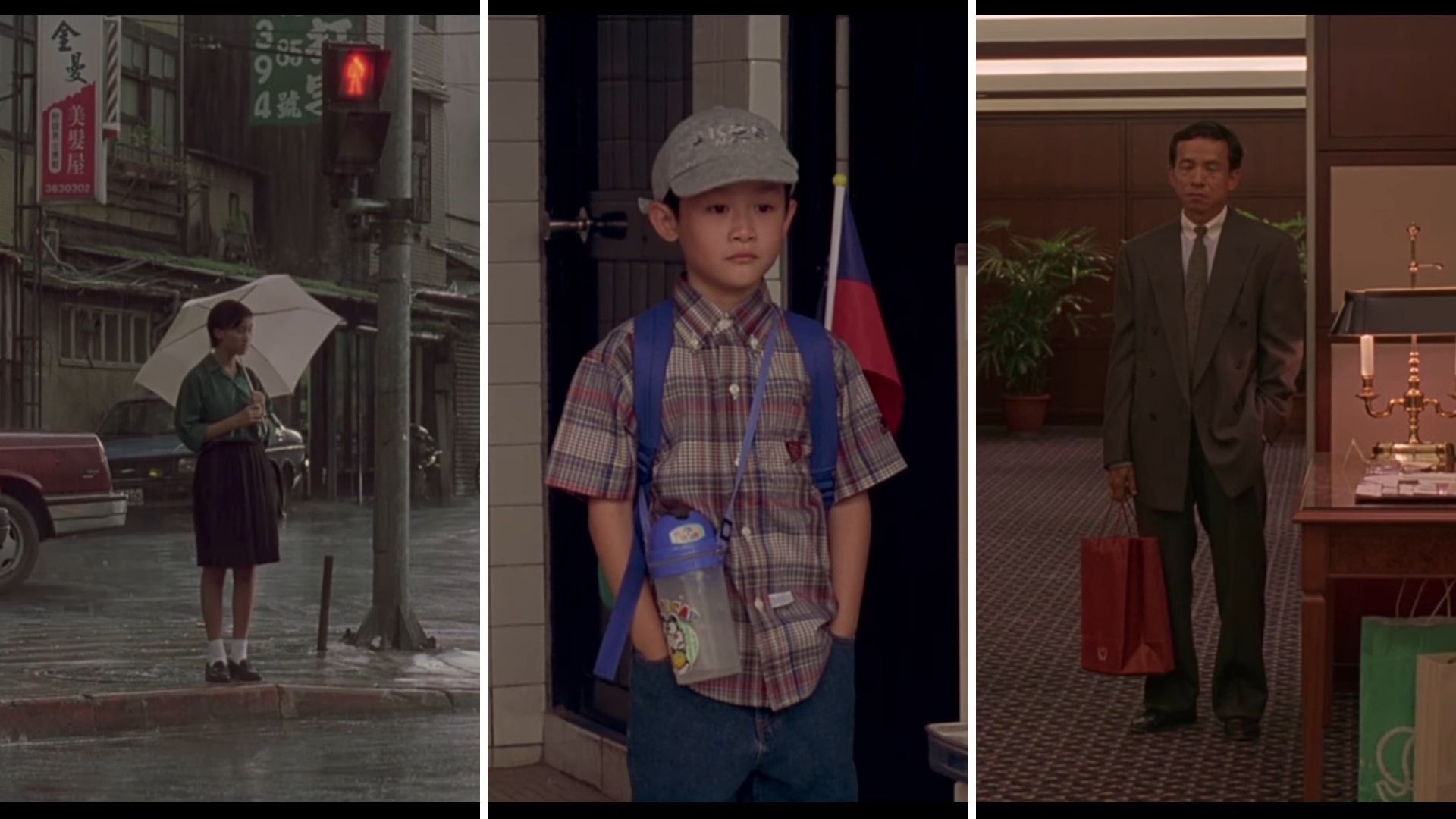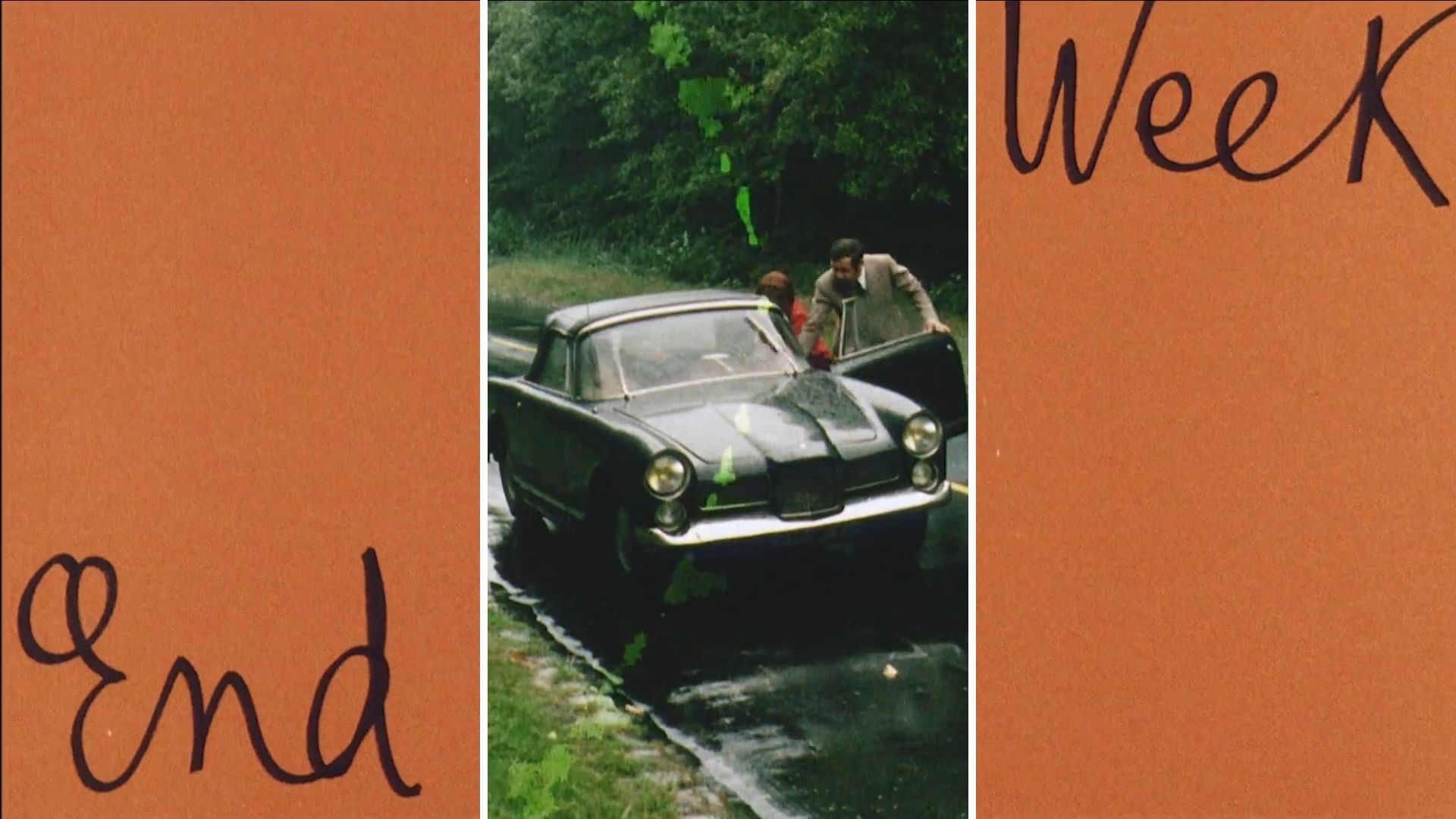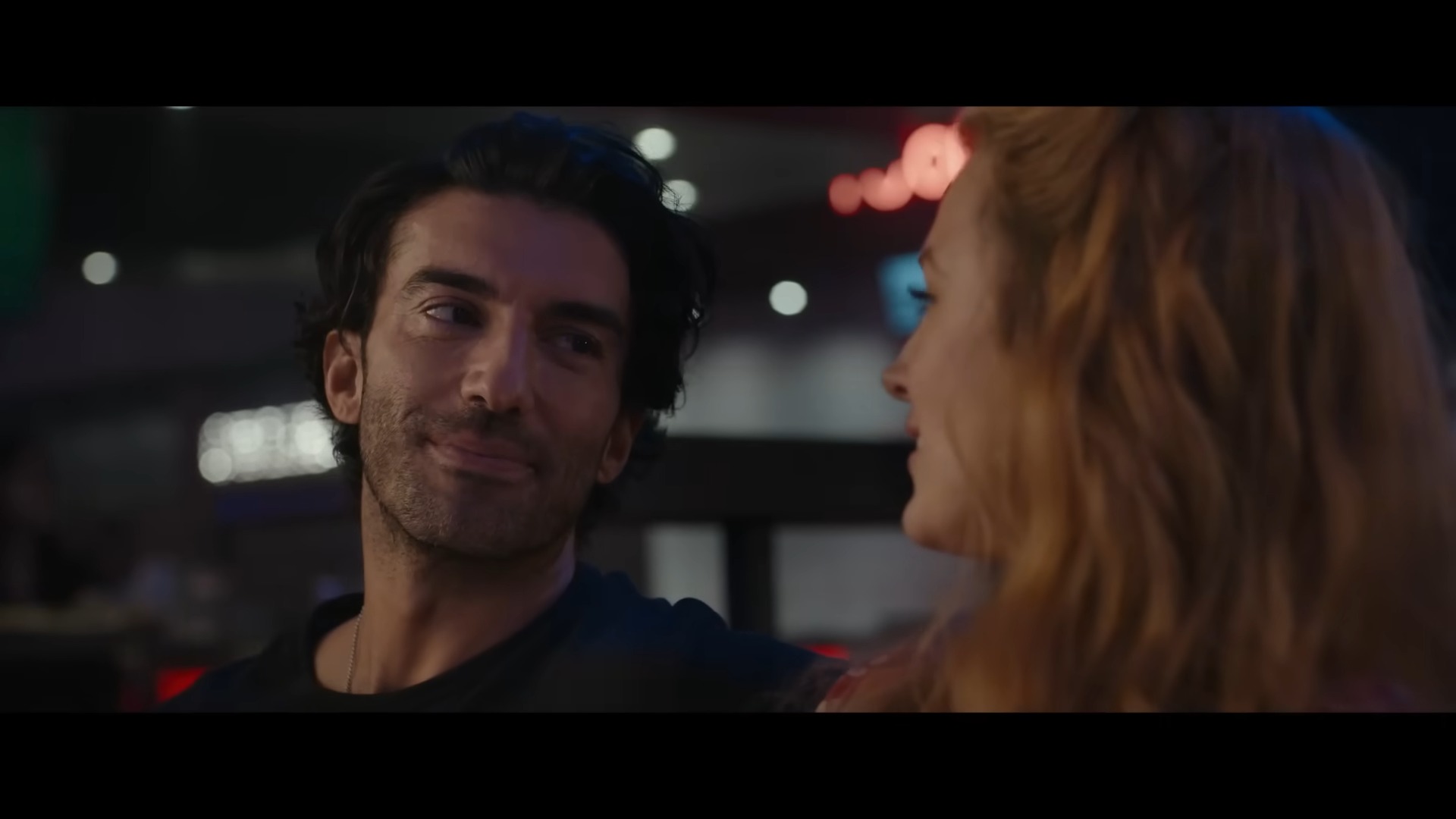
Justin Baldoni’s new film has been making headlines for all the wrong reasons. The director is also the star of this film and I think that’s important to understand the context of the film and why there is so much drama around him and the cast.
It Ends With Us is not a great film, but it makes some truly bizarre choices that I can only imagine resulted in this much-speculated feud between the director and cast. The rumors are endless, with some speculating the Ryan Reynolds/Blake Lively machine took over production to talks of a second cut of the film that was contested between the cast and the director. While I don’t have any concert evidence or secret sources telling me the drama, I do think we can look at the film, how it differs from the book, and maybe get some context for what this feud is all about.

It Ends With Us and the book it was adapted from is about domestic violence. Blake Lively plays a young woman named Lily Bloom who falls in love with a rich handsome doctor who physically abuses her. In the book, this is made abundantly clear and the main conflict of the book is Lily’s decision to finally leave, ending the cycle of violence that has plagued her family. The movie though purposefully wrongfoots the audience and doesn’t show any onscreen violence until the beginning of the third act. All the acts of violence perpetrated against Lily are shown on screen as accidents. There is a scene where Justin Baldoni’s character Ryle Kincaid is seen reaching for something in the oven. Blake Lively’s character Lily is right behind him trying to help. When he inevitably burns his hand on the dish, he winces back in pain, flailing his arm backward and striking Lily in the face. This leaves Lily with a black eye and Ryle hovering over her profusely apologizing for what was clearly an accident.

By itself, this scene means nothing. It’s shown and portrayed to the audience as a household accident, and Lily explains as much when she walks around town with a black eye. This begins the film’s first major issue: there is no conflict. For the first hour and a half of the film, it’s just Lily and Ryle living happily with one or two household accidents that leave Lily bruised. The only conflict introduced is Lily’s old flame and first love Atlas Corrigan (the names in this movie are preposterous) who shows up in Boston as the head chef of an incredibly profitable restaurant. Ryle is jealous of Atlas and asks Lily to not see him. He admits he is being crazy, he knows he’s being over-jealous, but he asks her just this one thing. To stay away from Atlas. Lily does not protest. She agrees and then proceeds to see Atlas again, lie to her husband about a tattoo she got in honor of him, and hide his phone number from Ryle.

Just to briefly recap: Ryle is a smart sexy surgeon who worships the ground Lily walks on and profusely apologizes for household accidents. Lily repays him by finding herself in compromising situations with an old flame, hiding his phone number from her husband, and lying about the extent of her past with Atlas. So who is the villain in this movie? We don’t find out until there are about twenty minutes left in the runtime and Ryle sexually assaults Lily. It’s a disturbing scene and if you’re not familiar with the source material comes completely out of nowhere. Lily then finds herself in the hospital and the movie shows us all these household accidents again but this time Ryle is clearly perpetrating domestic violence against Lily. We now have a full picture of the plot of this movie and Ryle looks like a villain for all of about fifteen minutes before the movie gives him an empathetic and redemptive arc.
The movie making this choice completely baffled me for a while. I wasn’t familiar with the source material so I assumed that was how the book was written. That this was some sort of twist revealed at the end, but that’s not the case. The book makes the violence clear to both the audience and to Lily. By hiding this reveal in the film what we get is a series of unfortunate mishaps between the two leads that add no conflict to the story and make the plot incomprehensible. What the film also succeeds in by hiding the domestic abuse, is making the second lead and director of the film, look like a great guy for two-thirds of the movie, a bad guy for twenty minutes, then giving him a swift redemption.

This is all speculation but grounded in context. If there are two cuts of the movie, one that follows closer to the book where Justin Baldoni, the director and second top-billed actor, looks like a monster for the whole film, and one that twists the ending like what we saw on screen, could that cause some dissension amongst the cast? I don’t know if that’s the case, but I do know the film we got in theaters portrays a domestic abuser as a great guy for most of the film’s runtime.
I doubt we’ll ever get the full story behind the drama but I wouldn’t be surprised if we eventually see a “Lively cut” of It Ends With Us. And I bet that film isn’t as protective of the film’s main villain.



